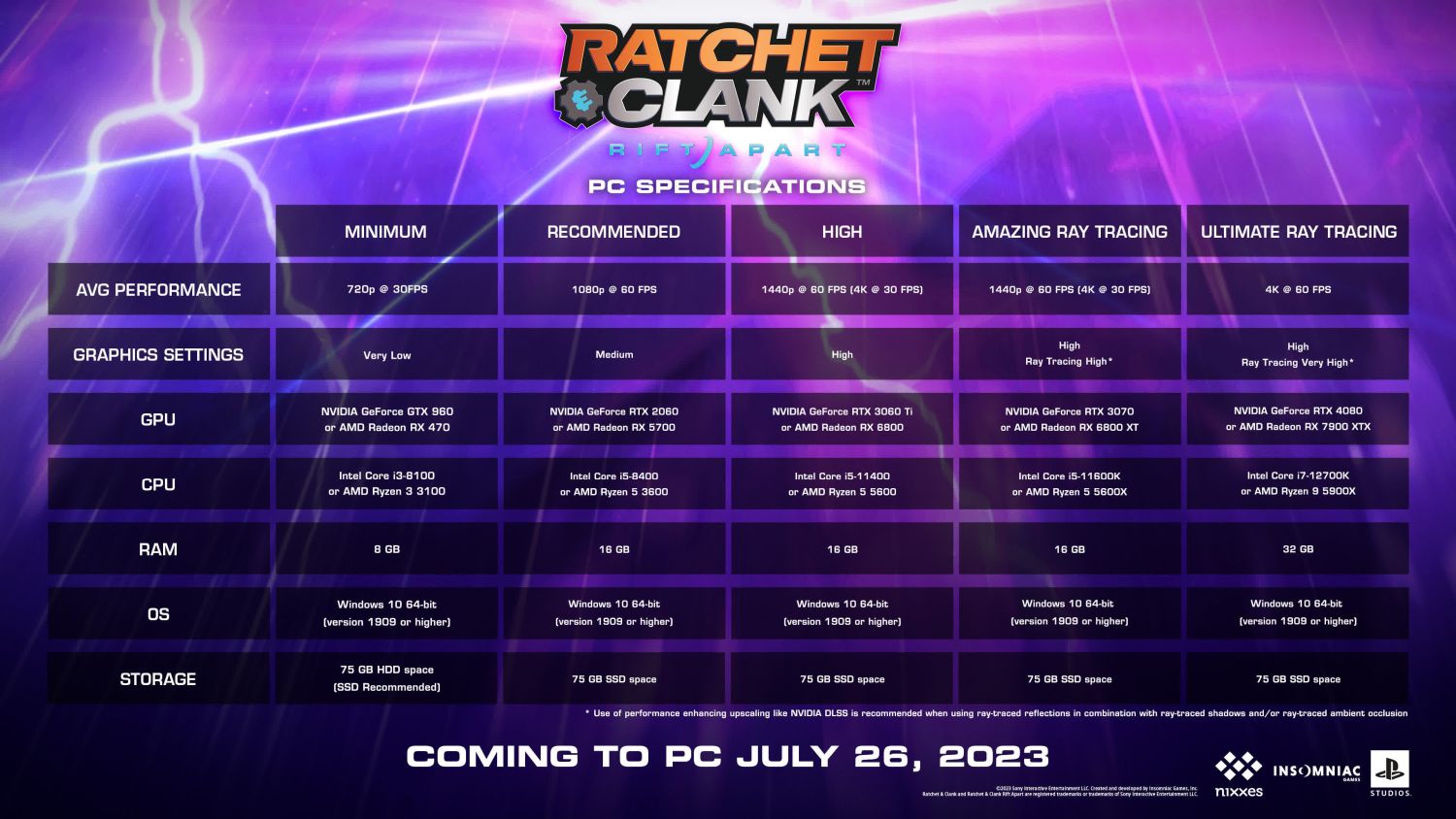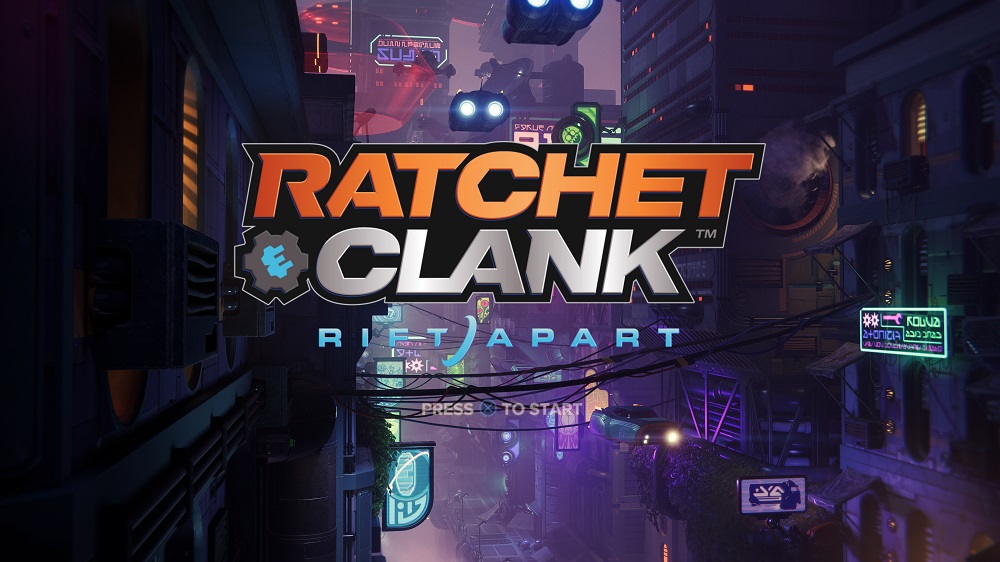When Ratchet & Clank Rift Apart launched on the PlayStation 5 (PS5) in 2021, the folks at Insomniac Games, Nixxes, and Sony said that the game would need the speeds of an SSD in order to run the game. That was apparently a half-truth because, based on the PC hardware requirements, it will be employing the DirectStorage 1.2 and a GPU-based compression.
Here’s a quick primer. DirectStorage is an API developed by Microsoft and originally used on its Xbox Series consoles. The technology basically utilises the console’s internal NVMe SSD to product stupid-fast load times, cutting down on render times that would otherwise take anywhere from a handful of seconds to a couple of minutes. If some of you ever wondered why older games on PC and consoles used to have loading screens, this was one of the reasons.

Confirmation of the use of DirectStorage 1.2 was made through a now deleted blog post from developer Nixxes, but not before the specs sheet was saved and downloaded by eagle-eyed fans and readers. The use of the API is relatively important for the PC, as it should allow the PC version of Ratchet & Clank Rift Apart to transition both seamlessly and instantly between new environments, as players enter new worlds and areas, via the game’s use of portals.
More to the point, the use of DirectStorage 1.2 means that the PC port of Ratchet & Clank Rift Apart will technically be able to installed and run from SATA SSDs and HDDs. Of course, the game would still benefit from running off an NVMe SSD – Gen4 and not Gen3, if the standard is to assumed – but at the very least, the former two storage options can still benefit from a DirectStorage feature called buffered IO mode, which does improve loading times on a platter drive.

Ratchet & Clank Rift Apart will be available on PC starting 26 July.
(Source: Techspot)
Follow us on Instagram, Facebook, Twitter or Telegram for more updates and breaking news.



